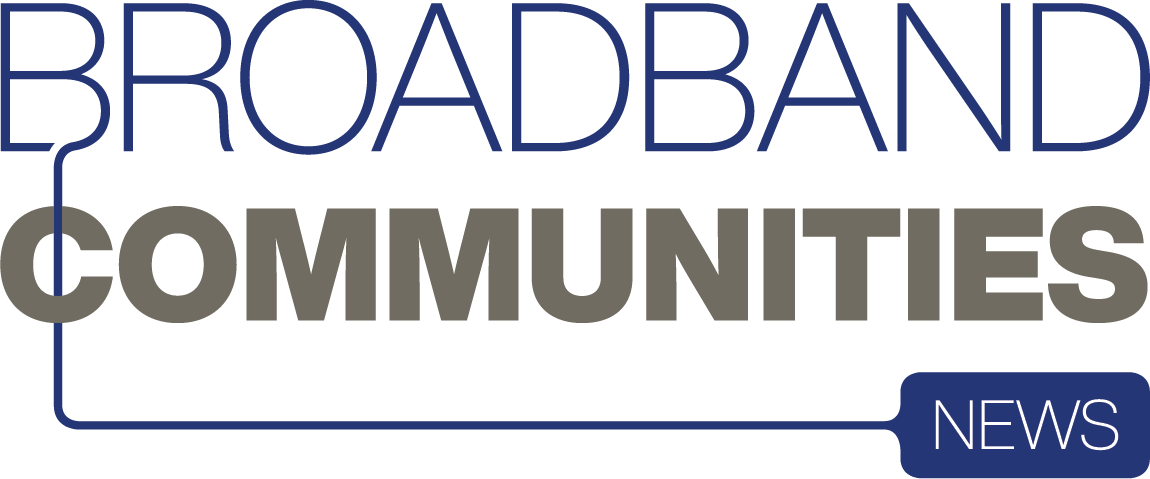Is fiber the future? Don’t get me wrong – most cable operators would agree that a fiber transition is coming. But with the federal government’s urge to swiftly deliver better broadband to unserved and underserved communities and $42.5 billion in funding from the Broadband, Equity, Access, and Deployment (BEAD) Program at stake, multiple system operators (MSOs) are choosing to provide the best broadband experience to their customers in the most economically viable, sustainable ways possible.
Doing that requires upgrades to the current infrastructure – which doesn’t require digging up a front yard. Local and state obstacles, such as permitting, exist for both MSOs and fiber operators. But when it comes to the types of permits, costs and time frames, MSOs have a competitive advantage.

Upgrades vs. Net New Builds
When requesting permits, there is no doubt that upgrading an existing network is a smoother process than building a new one. First, permit costs greatly differ from upgrading existing infrastructure to building a new network. That is because upgrades don’t impact infrastructure the way new builds do.
MSO activity is also not driving the same quantity of permits that fiber operators must need. Mid-split replacements and upgrades require some level of permitting. Still, getting permits for MSOs that already have permits and agreements in their communities is often more cost-effective and faster.
One of the most significant challenges operators find in the permitting process is efficiently navigating permitting departments and the various requirements that change from state to state and city to city. But MSOs are already there. Incumbent operators can navigate permitting processes from their experience and knowledge in each community they serve.
Factoring in local government considerations is important. Upgrading existing networks is far less distracting to customers than new builds. Net new requests require pole engineering and digging up neighborhoods. With existing infrastructure, there is little downtime for upgrades and far less customer distraction.
Governments take risks in approving such nuisances to neighborhoods without community support. Not only is there risk, but governments also have a vested interest. Utilities are not incentivized to give up more space on the poles as they may invest in becoming their own broadband providers down the line. The bottom line: Permits are easier for operators with pole agreements.
Many MSOs are still edging out and engaging in mid- or high-split upgrades on their plants, but overall, there’s an advantage when it comes to permitting and other local regulations. New technologies bring higher power requirements, heavier devices and new requirements to upgrade – or replace – underground infrastructure already in place. But ATX estimates that MSOs are acquiring about a third of the permits that fiber overbuilders are required to obtain.
Time to Market
One of the biggest challenges operators face is the delay permitting causes in time to market and time to build. Greenfield, or new-build fiber infrastructure, requires substantially more field engineering and right-of-way and access agreement preparation than existing infrastructure. These activities can be expensive from state to state or town to town and time-consuming when compared with adding capacity or upgrading existing hybrid-fiber coaxial (HFC) infrastructure.
The good news is that existing infrastructure can deliver on the promises in the BEAD Program. MSOs can rapidly upgrade existing HFC networks by deploying enhanced DOCSIS 3.1 that meets FCC and state broadband requirements for subscribers.
If it made more financial sense for MSOs, they would all be overbuilding. But by leveraging DOCSIS 4.0 and 1.8 GHz spectrum, MSOs can provide 10 Gbps downstream and upstream speeds capable of 1 Gbps without risking permitting delays in their time to market.
The benefit to MSOs getting to market faster continues in the cost per revenue generating unit (RGU). Upgrades to DOCSIS 4.0 can average $100–300 per RGU, compared with the price of a newly built fiber-to-the-premises (FTTP) infrastructure averaging $1,000 to $1,700 per RGU.
Sustainability and Reliability
Another advantage of upgrading networks rather than constructing new ones is the environmental benefit. New builds require massive amounts of equipment that run on fossil fuels, which is a problem as communities and businesses alike grow more concerned about their carbon footprints. Fortunately, HFC networks can deliver the same level of service as fiber overbuilds for the next couple of decades or more. Though MSOs plan to replace the infrastructure eventually, the robustness of these networks buys them ample time to migrate their endpoints to fiber.
HFC is a resilient technology and it’s already capable of providing a better subscriber experience to users, especially when customer service availability is factored. MSOs have the capability to deliver the service that customers are looking for, and they are likely already in your neighborhood. With MSOs’ extensive footprints and home devices just about everywhere, cable operators can leverage the infrastructure in a home to deliver better Wi-Fi.
Overall, from an economic, customer disruption, and sustainability perspective, it makes little sense to proactively rip out an infrastructure that is more than capable of supporting the multi-gigabit speeds that 10G promises. Upgrading the HFC network rather than overbuilding it is the most sustainable choice and eliminates the need to immediately dispose of millions of pounds of discarded coaxial cable or fire up the fossil fuel-burning machinery required to build fiber networks.
Today, MSOs are most concerned about providing the best broadband experience to their customers. The most economically viable and sustainable way to do that is by optimizing the speed and performance of the 3.1 version of DOCSIS technology and then moving on to DOCSIS 4.0 as market demand dictates. It will be quicker and more cost-effective to upgrade an existing network than a fiber overbuild. MSOs have the advantage today of leveraging existing infrastructure for the next several decades and delivering the speeds and reliable services that customers are most concerned about.
 Bob Murphy
Bob MurphyBob Murphy is the senior vice president of professional services for ATX Networks.















